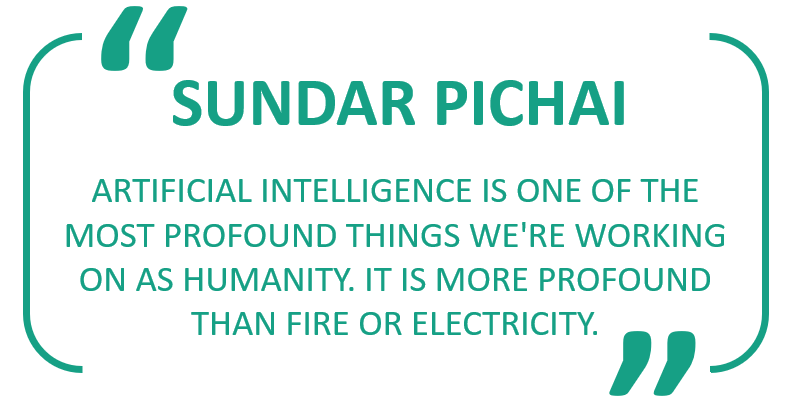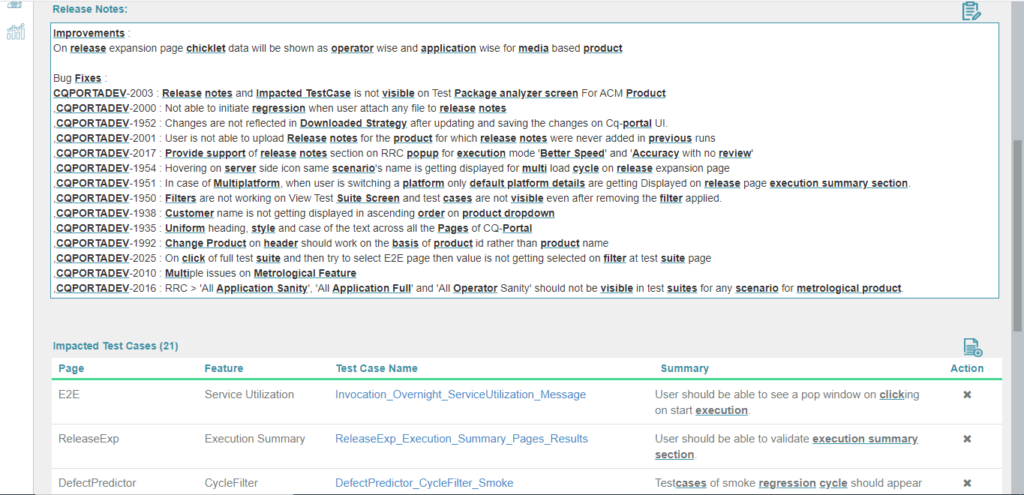
It’s no secret that Software Testing was always on the backseat during the traditional ways of development. Fast forward to 2020, and testing is right next to the development phase and even goes hand-in-hand. From assuming it as ‘low priority’, it’s now become the most important aspect of software development. From manual testing to automated testing to self-healing automated testing – It’s a journey from proscriptive to prescriptive.
In an attempt to exempt testers from the time-consuming repetitive tasks, Automated testing came into existence and helped organizations achieve multiple business values like faster time to market, improved ROI and reduced testing cost and effort. The process involved an automated tool to execute a test case suite and generate detailed test reports.
However, as automation testing began to evolve, its popularity and ubiquity revealed some deficits. While the promise of automated testing was immense as it provided a greater testing efficiency, it had its associated risks from frequent changes made to the test scripts – ranging from failure of automated tests to test packages not being up-to-date. Real-time issue resolution was the need of the hour. And what better than the power combo of AI and ML to resolve this problem.
With great power, comes great responsibility. As per World Quality Report, demands for quality-at-speed and shift-left have placed the onus of ensuring end-user satisfaction on quality assurance teams.
Imagine you are playing and you scrape your hand. Your body’s self healing mechanism kicks in and tries to heal the wound. Now, apply the same principle to software testing.
Artificial intelligence (AI) is intelligence demonstrated by machines. Machine learning (ML) is the study of computer algorithms that improve automatically through experience. It is seen as a part of artificial intelligence.

When new changes are introduced, either by the developer due to the ever-changing requirements or during the integration or build process, there is a chance that the automation may fail due to the predefined test scripts. It is then very difficult to identify which test cases should be modified or added. The AI ML power combo can learn if there is a change made, and then automatically modify the test automation script to fix the problem.

Self-healing is Webomates forte.Webomates applies AI and ML algorithms to its self-healing test automation framework to dynamically adapt their testing scope to the changes. With such nimble-witted features, the test scripts adapt thus, making testing a lot more easier.
There are two phases in Healing:
There are two phases in Healing:




Webomates gives the developers a silver bullet with its Self-healing capability.
Empowering the QA teams with such real-time self-healing capabilities using the new-age intelligent technologies helps in realizing the true business value and also empowers the organizations in providing value to the customer.
If you are interested in learning more about Webomates’ CQ service please click here and schedule a demo, or reach out to us at info@webomates.com
Test Smarter, Not Harder: Get Your Free Trial Today!
Start Free Trial
Leave a Reply